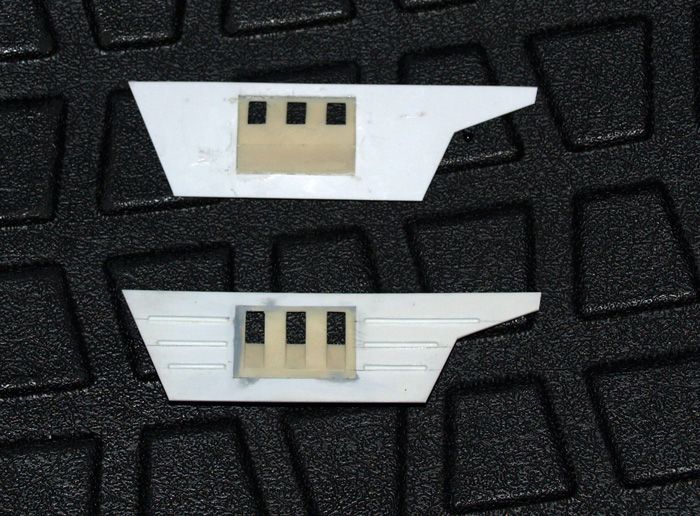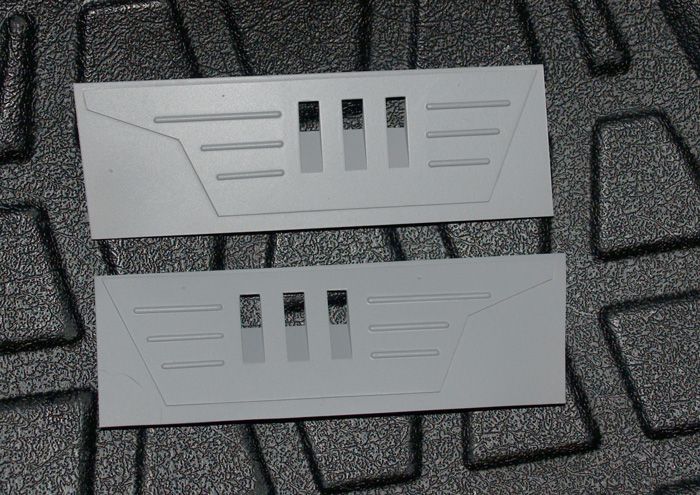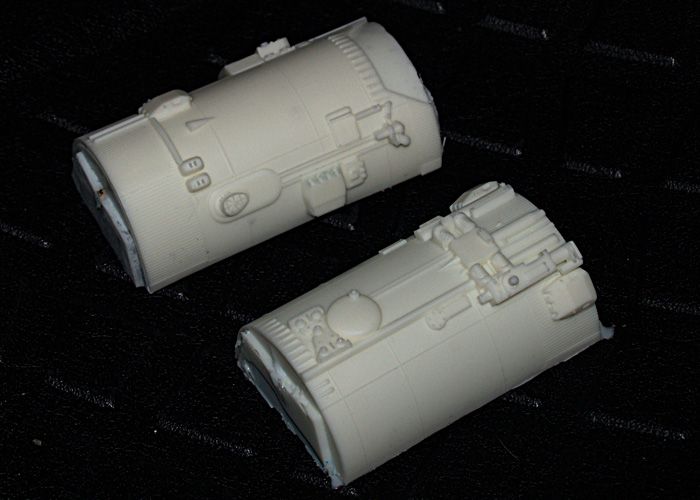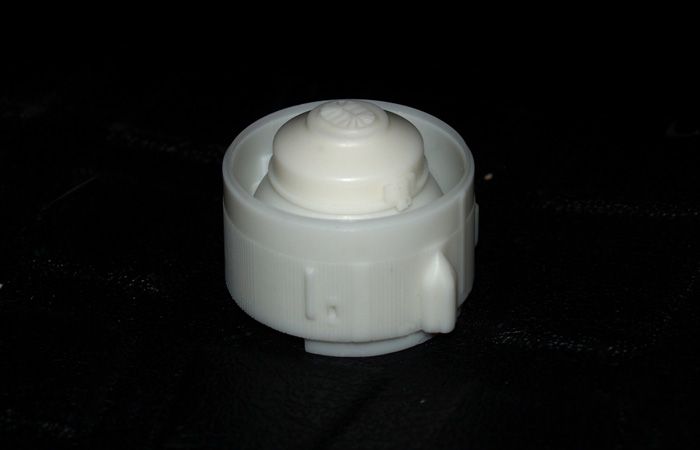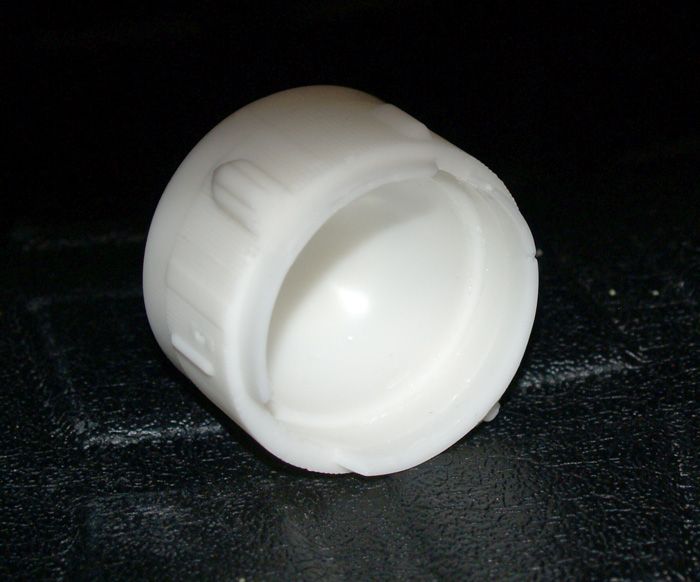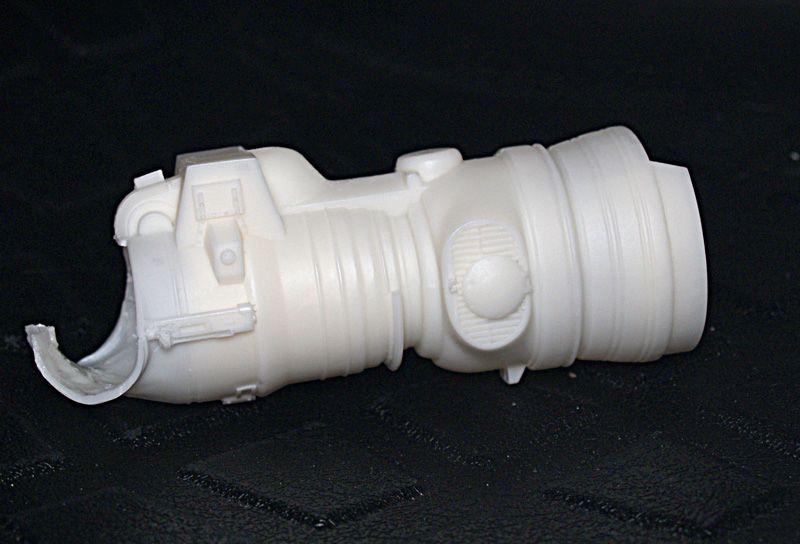If you make the neck thicker you may have better luck with the 20. I was also up against a weight issue in 2x SS, making the neck thicker started to add too much weight for me too quickly, you may not have that issue. The good thing is that using a plastuct tube for the inner core mold you can mess around a bit with the inner thickness without having to change the outer detail mold.
One of the problems i had with any of the materials is that it will stretch a bit, but not compress well, resulting in a bit of distortion, hence the relief cuts. It does not want to move like an accordion bellow, but acts more like a beer cozy (credit Jason with that observation). One of the other solutions i found was to use whatever inner diameter plastruct tube you settle on to build in some very thin support rings, kind of like a skeleton. It helps to allow the material to flex a bit but the rings help to support the neck a bit and maintain the roundness. Mine does not have those in it right now, only because i ran out of plastruct on my rebuild of this, need to get around to ordering some.
One of the problems i had with any of the materials is that it will stretch a bit, but not compress well, resulting in a bit of distortion, hence the relief cuts. It does not want to move like an accordion bellow, but acts more like a beer cozy (credit Jason with that observation). One of the other solutions i found was to use whatever inner diameter plastruct tube you settle on to build in some very thin support rings, kind of like a skeleton. It helps to allow the material to flex a bit but the rings help to support the neck a bit and maintain the roundness. Mine does not have those in it right now, only because i ran out of plastruct on my rebuild of this, need to get around to ordering some.
Thanks Mike, very informative ! I did not now it was that soft.
Maybe the 20 hardness could work for a neck that 1/2 the size of yours ? That's something to try !
Thanks for the oil paint advice, I was just going to mist acrylic on the black dyed neck but that sounds to be a better solution !

